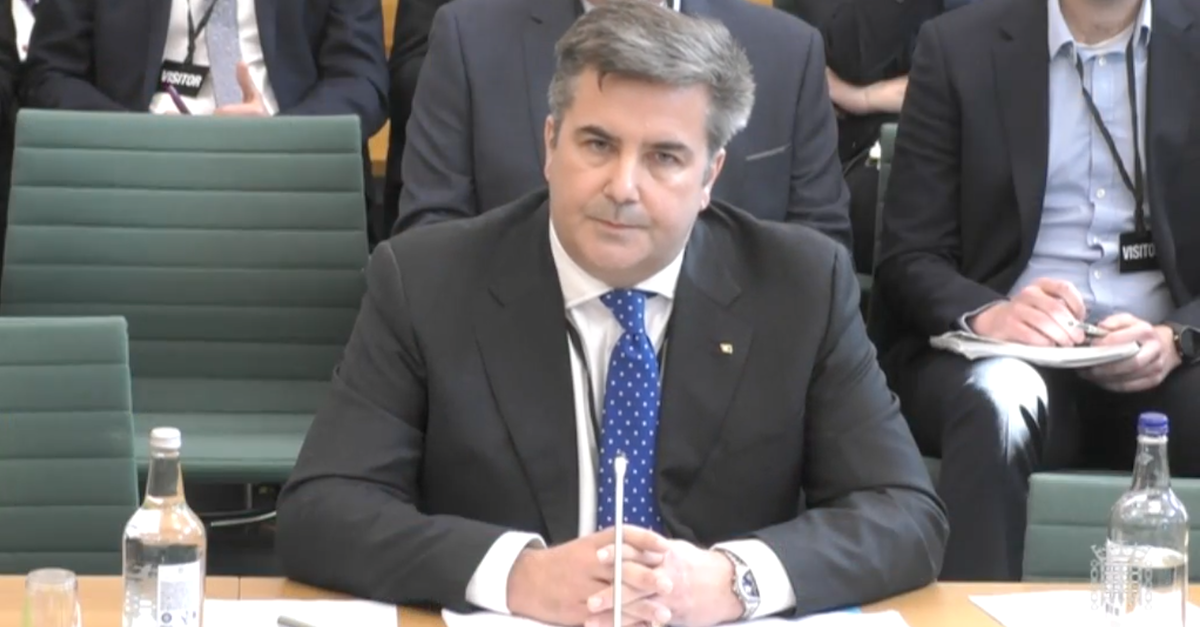Dow gives up 500-point gain as CDC confirms first omicron case in U.S.
The Dow Jones Industrial Average gave up a 500-point gain and turned negative briefly after the Centers for Disease Control and Prevention confirmed the first case of omicron in the U.S.

The Dow Jones Industrial Average gave up a 500-point gain and turned negative briefly on Wednesday after the Centers for Disease Control and Prevention confirmed the first case of omicron in the U.S.
The Dow was up 520 points at the high of the day. It then fell into negative territory briefly. It was last up about 40 points, continuing a volatile streak of the last four sessions as the omicron threat emerged. The S&P 500 gained 0.4% and the Nasdaq Composite fell about 0.1%.
Stocks dropped from their highs of the session after the CDC reported the country's first case of the new, heavily mutated coronavirus variant called omicron in California. Omicron — first detected last week in South Africa — has been reported in at least 23 countries, according to the World Health Organization.
The newfound threat to the recovery from the pandemic, which caused several travel bans, is intensified by the Federal Reserve mulling a quicker-than-planned exit from its easy monetary policy.
Fed Chairman Jerome Powell jolted markets on Tuesday after he said the central bank is expected to discuss speeding up the taper of its minimum $120 billion a month bond-buying program. Despite the potential disruption of omicron, the Fed chief said he thinks reducing the pace of monthly bond buys can move quicker than the $15 billion-a-month schedule announced earlier this month. Powell's comments left the Dow down more than 650 points on Tuesday.
"I think that the taper need not be a disruptive event in markets. I don't expect that it will be. It hasn't been so far. We've telegraphed it," Powell said during Congressional testimony on Wednesday.
The U.S. 10-year Treasury rose as much as 9 basis points to around 1.5% earlier in the session on Wednesday but has since retreated to 1.45%.
Stocks tied to the travel — like airlines and cruise lines –posted sharp losses on Wednesday. American Airlines dropped 6% and Delta Airlines fell 5%. Norwegian Cruise Line slipped 5%.
"Our sense is that the recent selloff is a longer-term buying opportunity. However, investors that want to avoid a potential big drawdown (while giving up some potential upside) may want to wait until the [Fed's] Dec. 15 meeting," Wolfe Research strategist Chris Senyek said in a note to clients.
Holding up sentiment on Wall Street, the November manufacturing report from ISM, which matched expectations and showed a decline in prices paid.
The major averages have seen several volatile sessions, starting last Friday when the Dow Jones Industrial Average experienced its worst day since October 2020 on concerns about the new Covid variant that was first detected in South Africa. Stocks rebounded on Monday, only to turn downward again on Tuesday.
Stocks wrapped up a volatile month of trading on Tuesday. The Dow lost 3.7% for its second month of losses in three. The S&P 500 fell 0.8%, while the Nasdaq Composite gained 0.25% in November. The Russell 2000 shed 4.3% in November, its worst month since March 2020.
Still, the major averages are up solidly for the year. The Dow is up 12.7% and the S&P 500 is up 21.6% in 2021. The Nasdaq Composite is up an impressive 20.6% this year.
ADP's private payroll data for November showed 534,000 jobs added that month, above expectations of 506,000.
Elsewhere, November's IHS Markit manufacturing PMI came in at 58.3, lower than expected. October construction spending also rose slower than expected, but there was a positive historical revision to help offset the miss.

 Tfoso
Tfoso 



























.jpg&h=630&w=1200&q=100&v=f776164e2b&c=1)




